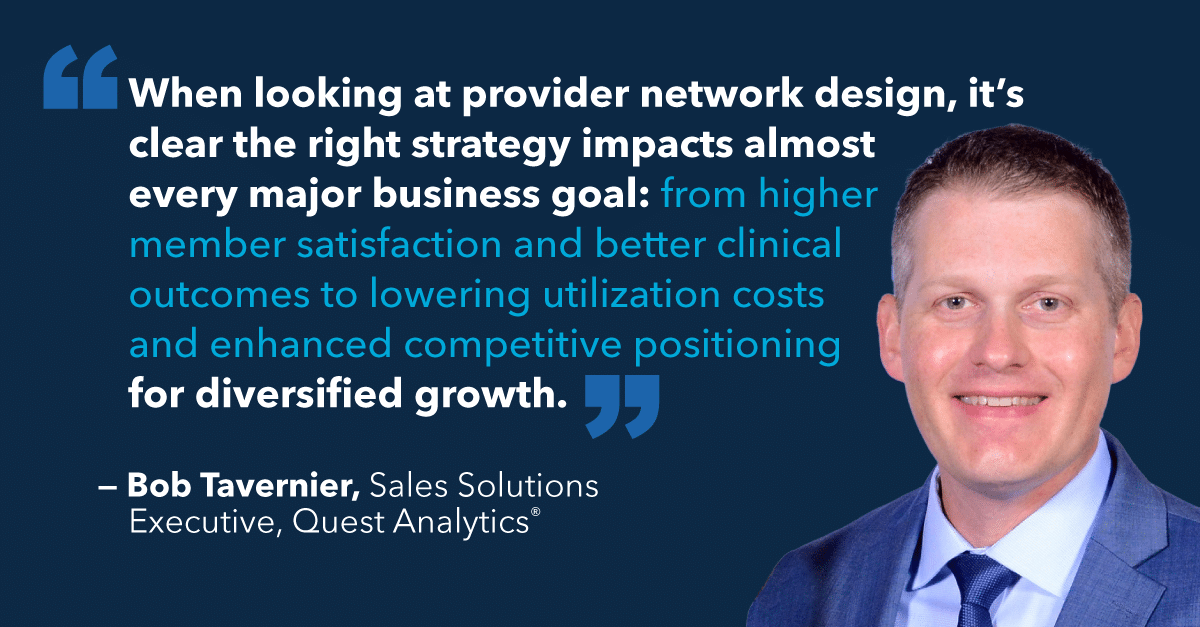Effective cost management is paramount for healthcare organizations, yet the issue of ghost providers remains a significant contributor to avoidable expenses. Through an analysis of the financial implications associated with ghost providers, you can identify and mitigate costs across five critical areas.
Defining Ghost Networks
A ghost network refers to healthcare providers listed in a health plan’s directory who are not actually available to provide care as listed. This includes providers who are:
- Misrepresented as Accepting New Patients
- Incorrectly Labeled as In-Network
- Listed With the Wrong Specialties
- Listed With Incorrect Location or Contact Information
Similar to provider data inaccuracies, such errors misrepresent network coverage and can negatively impact patient care access.
The Evolving Regulatory Landscape
The potential harm caused by ghost providers has prompted lawmakers to issue targeted rules and policies to eliminate them. Federal and state regulations mandate ongoing provider data verification and the maintenance of accurate provider directories. In alignment with these requirements, emerging policies are adding the inclusion of claims data to substantiate that providers are actively seeing patients. To learn about the policy updates, read our article Network Adequacy and Provider Directory Accuracy Policy Updates.
Given the increased focus on ghost providers, it is imperative to understand their potential impact on your organization.
5 Costs of Ghost Providers
1. Inefficiency in Resource Allocation
Accurate revenue forecasting, budget planning, and strategic investments depend on an accurate picture of your provider network. Ghost providers inflate perceptions of network access, network adequacy, and provider capacity.
The Financial Ripple Effect
Ghost providers often become apparent only after a patient raises a concern, at which point it may be too late to manage costs effectively. The pressing need to recruit new providers might necessitate offering increased compensation packages or additional bonuses to secure quick agreements. These unforeseen expenses, which were not included in the initial budget and revenue forecasts, can lead to unexpected financial strains and additional burdens on your organization.
2. Increased Member Dissatisfaction and Churn
Members rely on their health plans for timely access to healthcare services. When advertised networks do not align with actual availability, the consequences can be considerable. Take a common situation where a family needs pediatric care. They chose an insurer because it claims to have a vast network of pediatric specialists. Upon attempting to schedule an appointment, they learn that many listed specialists are either retired or are no longer part of the network. This situation results in unmet medical needs and member frustration. Such experiences undermine trust and prompt members to reconsider their insurance choices.
The Financial Ripple Effect
Increased member dissatisfaction drives higher churn rates, which strains a health plan’s resources. The cost to acquire new members far exceeds that of retaining existing ones, with acquisition costs ranging from $200 per person for Commercial plans to $800 for Medicare Advantage members. Additionally, dissatisfied members often move to competing plans, resulting in a loss of market share for the original insurer.
3. Missed Market Opportunities
Your organization’s strategic agility in building and expanding can be hindered by ghost providers. Inaccurate data makes it difficult for your organization to secure the necessary approvals for expansion. This not only stalls growth but also impedes the ability to quickly seize new market opportunities.
Consider Medicaid Request for Proposal (RFP) awards. Here, each organization’s network is evaluated based on several criteria, including network access and whether in-network providers are accepting new patients. To win a Medicaid RFP, insurers must demonstrate that their network can reliably serve large patient populations. If provider data is inaccurate, it weakens the insurer’s proposal, making it difficult to secure these valuable opportunities.
The Financial Ripple Effect
The inability to build or expand due to inaccurate provider data translates into direct and indirect costs for your organization. Delays in regulatory approvals mean potential revenue from new memberships or expanded services is lost. Moreover, the operational costs invested in these preparations do not yield returns, adversely affecting your organization’s overall financial health.
4. Unnecessary Administrative Costs
Health plans are required to verify in-network provider information every 90 days to comply with provider directory regulations. When ghost providers are not regularly identified and addressed, your organization inevitably ends up reaching out to those who do not require verification. This creates redundant administrative processes and drives up operational costs.
The Financial Ripple Effect
To put this into perspective, let’s say the cost of verifying a single provider stands at approximately $1,000 per year. If your database contains 30 ghost providers, your organization incurs an annual unnecessary administrative cost of around $30,000. This expense can rise quickly depending on the number of ghost providers, leading to a significant drain on financial resources that could be more efficiently allocated elsewhere.
5. Expensive Regulatory and Legal Penalties
Recent regulatory actions have highlighted a sharp increase in government oversight of provider networks. Government agencies and policymakers are focusing on improving provider data accuracy and network access. Mandates have compelled Medicare Advantage plans, Managed Care plans, Medicaid plans, Federal and State-Based Exchange marketplace plans, and employer-sponsored health plans to implement processes and tools to ensure provider directory accuracy and network adequacy. These initiatives aim to solve persistent issues with outdated or incorrect provider directory information. Failure to meet these regulatory standards is met with costly consequences, including sanctions and significant fines. For example, recent cases have seen health plans fined up to $5 million for non-compliance.
Such penalties not only hinder your organization from marketing products in affected regions but also divert resources toward lengthy legal battles, thus disrupting overall company operations.
The Financial Ripple Effect
Beyond direct financial penalties, legal battles can harm an organization’s reputation. Members, potential members, and shareholders may perceive compliance issues as a sign of deeper operational inefficiencies. This can lead to a reduction in shareholder value and hinder market competitiveness.
Mitigating The Impact Of Ghost Providers
Ensuring Financial Health and Sustainable Growth
Implementing an efficient provider data verification and network management solution is crucial for minimizing costs and ensuring a high-performing network. With comprehensive views and actionable data insights, you can make informed decisions that bolster growth and sustainability.
GHOST NETWORK PREVENTION
Identify ghost providers and optimize the value of your network, by ensuring it’s adequate, accurate, and active with Quest Enterprise Services® Accuracy.
Related Resources on Ghost Networks and Health Policy News
Proven Solutions for Your Provider Network Management
Looking to simplify your workload? Let Quest Analytics take on the heavy lifting! Our solutions and dedicated team specialize in provider data accuracy and provider network adequacy for various lines of businesses, including Medicare Advantage, Medicaid and Commercial. Schedule a strategy session today and see how we can help you every step of the way.












